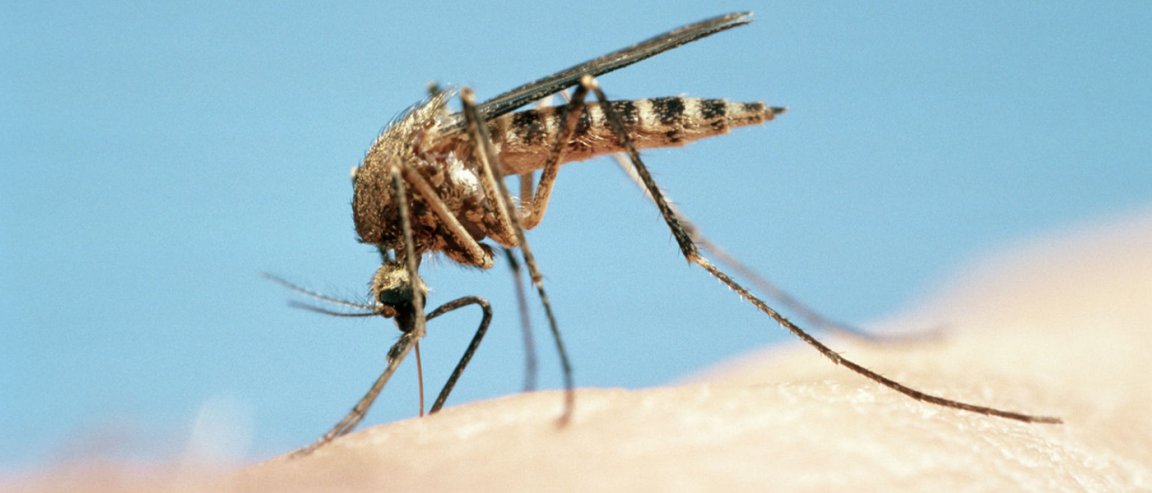
CRISPR: Find and Replace for Genes
Malaria is a true killer. In 2015, roughly 214 million cases were reported with an estimated 438,000 deaths attributed to the disease, so it might sound like a dream come true that a new technology may be able to help eradicate this deadly disease once and for all.
CRISPR (Clustered Regularly Interspaced Short Palindromic Repeats) is a way of editing DNA that allows scientists to snip specific parts of the genetic code of an organism and insert different DNA. This process lets them modify the characteristics of an organism as well as its “gene drive,” biologists’ term for the cellular machinery that guarantees inheritance of a particular characteristic. Using CRISPR, scientists can therefore force desired traits to dominate the lineage of a species.
Malaria is caused by an organism called Plasmodium, which is transmitted from person to person through mosquitoes. CRISPR-modified mosquitoes would have a genetic makeup that is totally resistant to Plasmodium, and this characteristic would be dominant amongst their offspring. Releasing enough modified mosquitoes into the wild would, theoretically, usurp the malaria-transmitting population. The frightening number of deaths due to malaria would be a thing of the past.

So Many Questions
The use of CRISPR to eradicate the malaria-transmitting mosquito isn’t as much of a no-brainer as it seems. Genetic engineering is a highly regulated field, and ethical concerns regarding the hijacking of evolution and the precedent the experiment could set are part of the heated debate regarding CRISPR.
The technology is still relatively new, as well, and its integration into the wild could lead to a slew of unexpected — and possibly harmful — consequences. The mosquitoes could adapt negatively once the modifications are widespread, the inserted genes could jump to other species with unexpected results, and ecological balance could be thrown off, causing some species to go extinct.
A global-scale genetic modification of a species is a permanent step that can’t be undone, so any mishaps in the execution could prove catastrophic. If we’ve learned anything from another genetically modified organism, it’s that with great power comes great responsibility, so before we use CRISPR to permanently alter an entire species, we must explore all possible consequences of our actions.